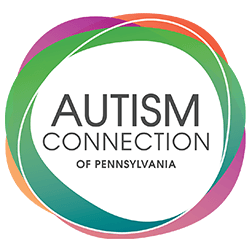Years ago, my autistic daughter participated in what they called a special needs sporting event. I was quietly cheering her on, and another parent asked, “What is she doing here? Helping?” I shook my head and explained that she, too, was playing as a child with a disability.
“What’s wrong with her?”
“Nothing is wrong with her. She just has autism.”
The other parent’s eyes glazed over as she remarked, “Not the real autism. She has the ‘peaches and cream’ autism.”
I gave no response.
This brief, somewhat painful interaction has stuck with me for more than a decade. First, the image of peaches and cream as it relates to levels of perceived heightened ability makes no sense. Second, the inner workings of the mind and body are generally difficult to observe because they are not overt. So those with the perceived simple “peaches and cream” autism seem to have no place. They are too visibly able to fit in with those who have overt disabilities, and too invisibly disabled to seamlessly connect with nondisabled peers.
Where do we land?
Unpacking the Peaches
Over the years, I’ve ruminated on the peaches and cream autism statement, and I have repeated the nonsensical phrase many times. Sometimes in an effort to try to figure it out; sometimes in an effort to gauge other’s understanding. Results were mixed.
My younger, non-autistic daughter, much like me, was trying to unpack the concept.
And she did, in a way that finally made sense. She being a mere 15 years old, made the revelation extraordinary.
“Maybe you have the peach fuzz autism too, Mom.”
“Peach fuzz?” I laughed. “It’s the ‘peaches and cream’ autism. And you are probably right.”
“Oh! I thought you were saying peach fuzz because it’s light and soft and hard to see.”

Light and soft and hard to see
Peach Fuzz
The way my mind works, I pictured a peach with its soft, fuzzy outer skin covering the fruit’s flesh. This led to an exploration and possible conclusion to the peaches and cream conundrum. And it makes sense in relation to autism and hidden differences.
The peach’s fuzzy exterior has puzzled experts, with no definitive explanation for its presence. However, one prevailing theory suggests that this textured coating serves as an additional safeguard for the delicate peel, which is susceptible to premature rot.
Peach fuzz exists even though it is difficult to detect, and it exists for good reason.
When I shared my findings with my daughters, the younger one sighed. “Peach fuzz on the face, I meant.”
We’re still looking into it.


















